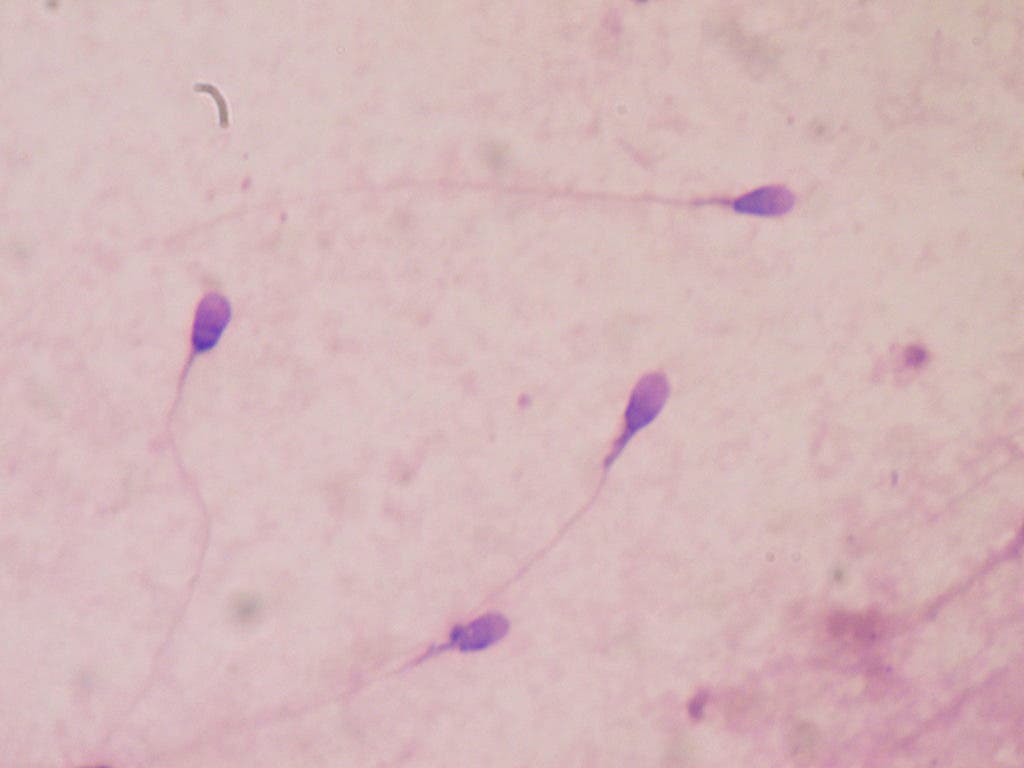It’s a remarkable scientific achievement, but it can open up an ethical can of worms.

In humans, like in almost all mammals, the male/female ratio of sperm is split approximately 50-50. Despite numerous superstitions, there isn’t all that much you can do to influence those odds. Simply put, whether you’re a mouse or a human, you have little control over the gender of your offspring. Statistically speaking, mammals are generally half male, half female. But that may soon change.
A team of Japanese researchers unexpectedly made the intriguing discovery while studying the genetic differences between male and female mouse sperm. In most species, females have XX chromosomes, and males have XY. While a female ovum will have XX chromosomes, male sperm can be both XX and XY. Until now, researchers thought the two were almost identical, aside from the genetic information they carry. But the new study showed this is not really the case.
Researchers at the Hiroshima University team found significant differences between X and Y sperm. Essentially, there are around 500 genes active in X sperm that aren’t in Y. To make matters even more interesting, 18 of those genes work with proteins that stick out on the surface of the cell, which means they can be targeted by external influence. When they used a chemical called resiquimod to bind to these external receptors and slow the swimming of the X sperm, they were then able to separate the male and female sperm with surprising accuracy.
They then fertilized mice using the selected sperm, ending up with 90% male litters — which, while not perfect, is remarkable for a preliminary study.
The study could be very useful in agriculture. Take the egg industry, for instance — male chicks are almost useless and are killed in large numbers. This approach could be used to limit the number of male chicks being born, thus rendering this killing unnecessary.
“The differential expression of receptor genes by the two sex chromosomes provides the basis for a novel and potentially highly useful method for separating X and Y sperm and we have already succeeded the selectively production of male or female in cattle and pig by this method,” said one of the researchers, Masayuki Shimada, a reproductive biologist from Hiroshima University.
There’s a good chance similar results might be possible in humans. Gender selection is already possible in IVF at good success rates, although it comes at quite a hefty price. However, this is a completely different beast, which could open up some very touchy ethical debates, researchers say.
“Nonetheless, use of this method in human reproductive technology is speculative at the moment, and involves significant ethical issues unaffected by the utility of this new technique,” Shimada concluded.
The study has been published in PLoS.


